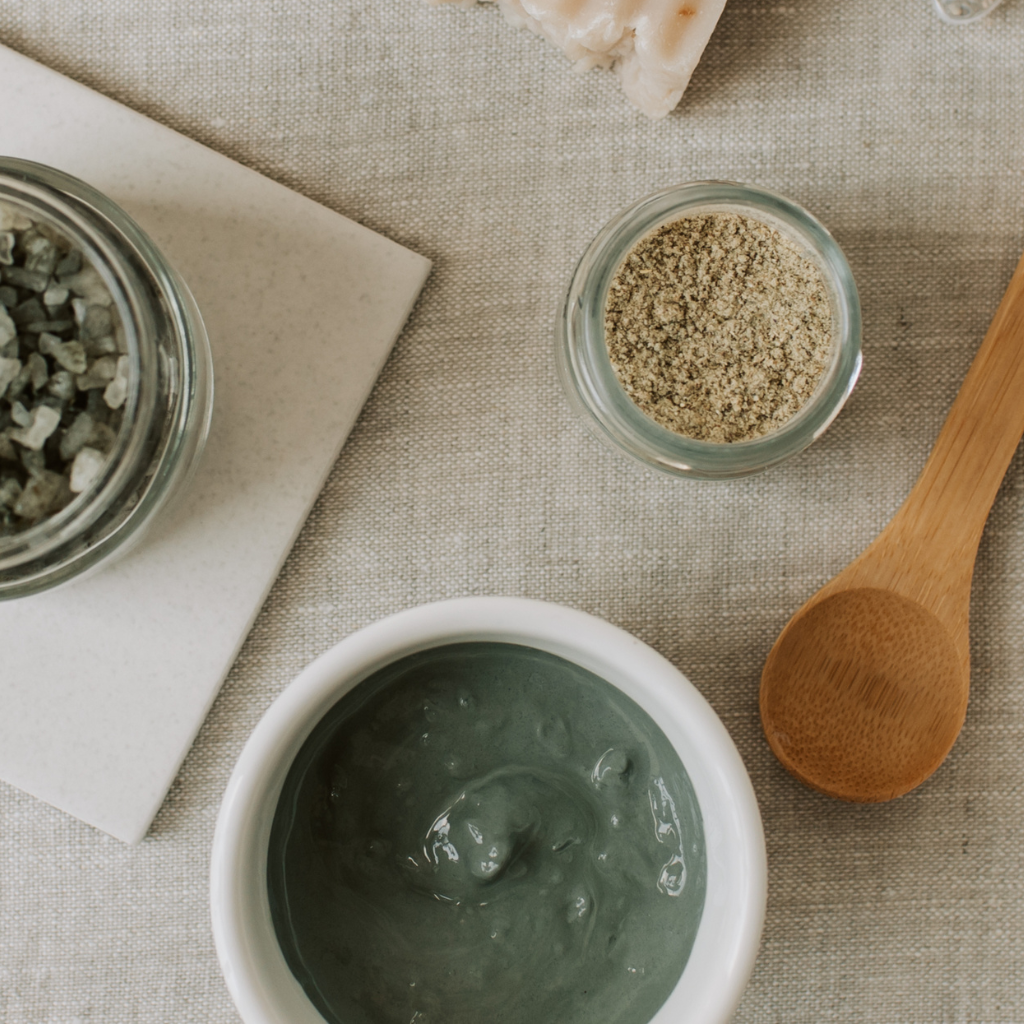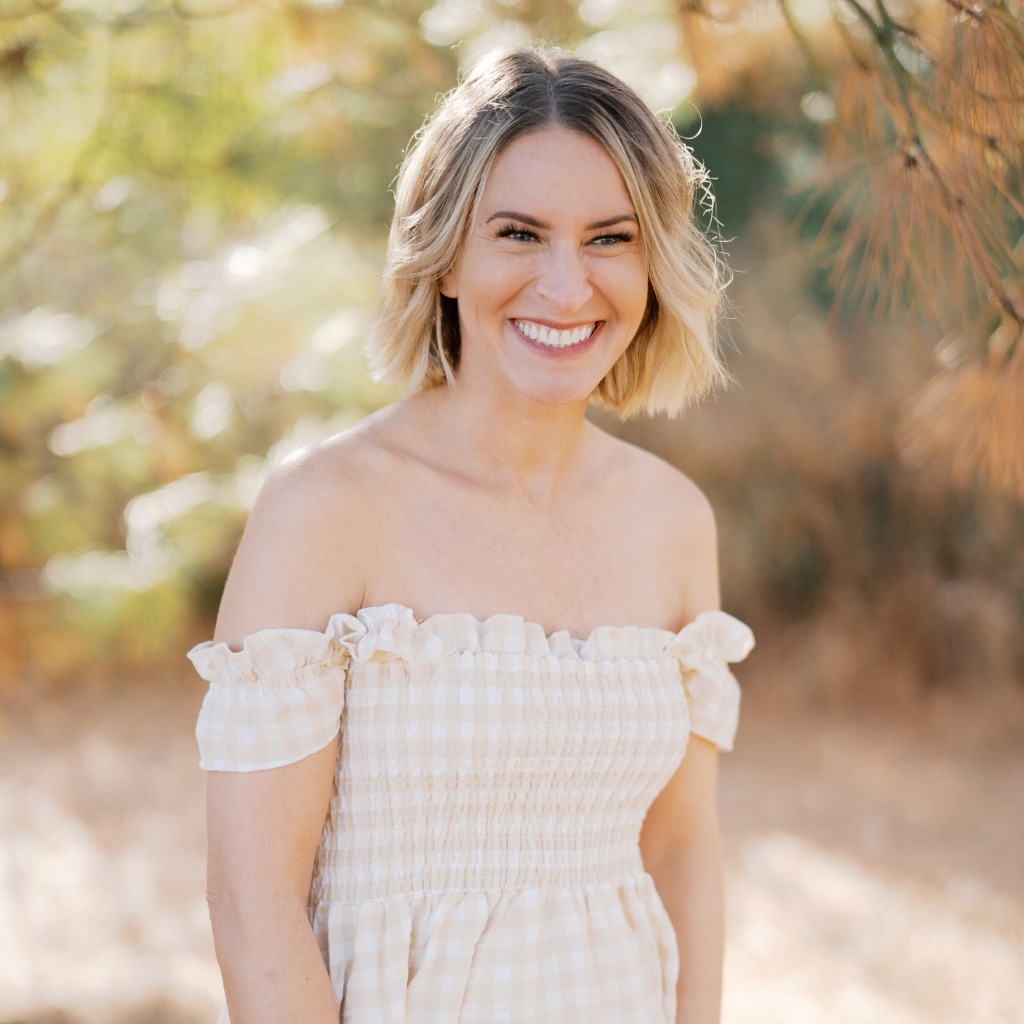Minimalism often gets portrayed as sleek white walls, a single chair in a room, and wardrobes that fit neatly into a suitcase. But in reality, living with less isn’t about stripping your life bare—it’s about creating space for what truly matters. For some, that’s more time with family. For others, it’s less time cleaning and organizing. For parents, it may be about teaching kids healthy habits around consumerism. And for those in larger homes, it’s about making peace with (intentionally!) empty space.
No matter your starting point, the principles of living with less are accessible. This guide offers a gentle, intentional approach—whether you’re decluttering a one-bedroom apartment, managing the chaos of parenthood, or rethinking what to do with the square footage of a bigger house.

Start With Clarity, Not Chaos
Before pulling everything out of your closets or tackling your garage in one weekend, pause. Living with less begins with clarity. Ask yourself:
-
What do I want more of in my daily life? (peace, time, freedom, connection)
-
What do I want less of? (stress, mess, waste, distraction)
When you define the “why,” the “how” becomes simpler. Every decision about what to keep, donate, or release becomes rooted in your goals and values rather than a vague idea of minimalism.
For Parents: Simplifying With Children in Mind
Living with less as a parent can feel nearly impossible. Toys multiply overnight. School papers pile up. Clothes get outgrown at lightning speed. The trick is not perfection, but systems that lighten the load:
-
Toy rotation. Store half the toys in a closet and swap them out monthly. Kids see the “old” toys as new again, and your home stays calmer.
-
Capsule wardrobes for kids. A smaller number of mix-and-match basics reduces laundry stress and morning battles.
-
Involve children early. Let them choose which toys or clothes they’re ready to pass on. It builds empathy and helps them understand the value of enough.
-
Memory boxes. Instead of saving every piece of artwork, let each child have a box where only the most meaningful creations are kept.
The goal isn’t a spotless home, but a manageable one—where both kids and adults thrive.
For Larger Homes: Filling Space With Intention
A big home can be both a blessing and a challenge. More space often means more places to accumulate things—closets stuffed with “just in case” items, or rooms that quietly become storage zones. Living with less here doesn’t mean emptying the house, but rather:
-
Designate purpose. Every room should have a clear role. If a space isn’t serving one, reclaim it. That guest room might become a craft space, a meditation nook, or a library.
-
Create visual calm. In bigger homes, clutter hides easily. Simplify shelves, keep surfaces clear, and allow open space to feel intentional, not empty.
-
Don’t rush to fill. Resist the pressure to furnish every corner. Sometimes, less furniture creates more flow and comfort.
When you shift your mindset from “filling space” to “using space well,” your home feels lighter without sacrificing comfort.
Practical First Steps Anyone Can Take
No matter your stage in life or size of home, here are beginner-friendly practices:
-
One drawer, one shelf. Start small. Success in one corner builds momentum.
-
The “maybe box.” Unsure about letting something go? Place it in a box, date it, and store it out of sight. If you don’t miss it in six months, release it.
-
Set boundaries. Limit categories—like 10 mugs, 5 sets of sheets, or 3 pairs of sneakers. When a new one comes in, one goes out.
-
Digital declutter. Clutter isn’t only physical. Unsubscribe from emails, organize your photos, and limit screen notifications.
-
Seasonal check-ins. At the start of each season, reevaluate what’s serving you and what’s not. Life evolves—your home should, too.
Shifting From Stuff to Experience
One of the greatest gifts of living with less is the shift from possessions to experiences. Families who simplify often find they spend less money on things and more on adventures, hobbies, and time together. Instead of buying another gadget or decorative item, consider:
-
Planning a weekend outing.
-
Trying a new recipe together.
-
Starting a garden, even if it’s just herbs on the windowsill.
-
Investing in a skill or class that nourishes your creativity.
These choices often bring more joy than physical items ever could.
The Emotional Side of Living With Less
Letting go can be harder than expected. Items carry stories—gifts from loved ones, reminders of past versions of ourselves, or “someday” projects. When it feels heavy, remember:
-
You’re not discarding memories; you’re making space for new ones.
-
Someone else may need or use the item more than you do.
-
The lighter your physical environment, the freer your mental space becomes.
Minimalism isn’t about deprivation—it’s about liberation.

A Gentle Reminder
Living with less doesn’t happen overnight. It’s a practice, not a destination. Some weeks will feel effortless, others overwhelming. But every intentional step counts—whether you’re teaching your children that enough is enough, reclaiming rooms in a big house, or simply choosing calm over chaos in your daily life.
Living with less isn’t about what you lose. It’s about what you gain: clarity, time, presence, and a home that truly supports the life you want to live.














